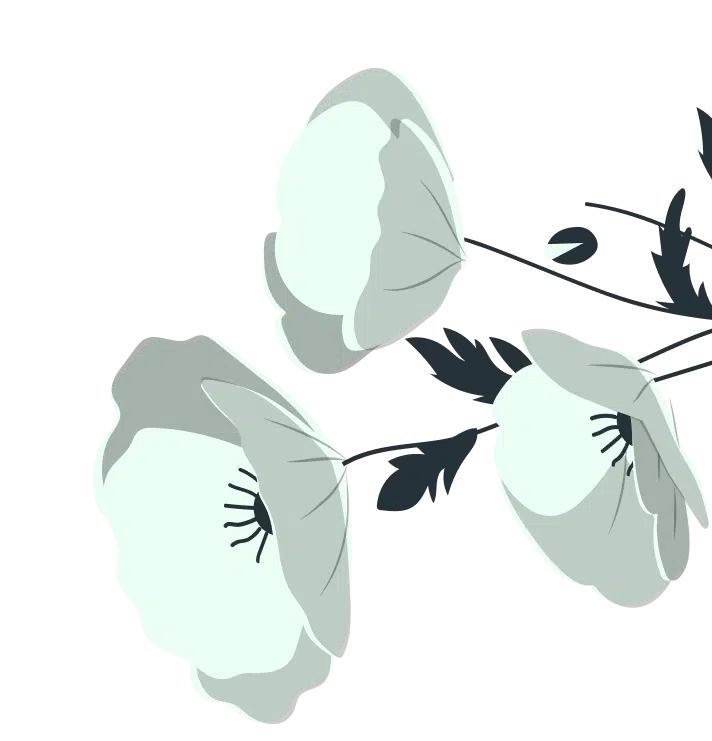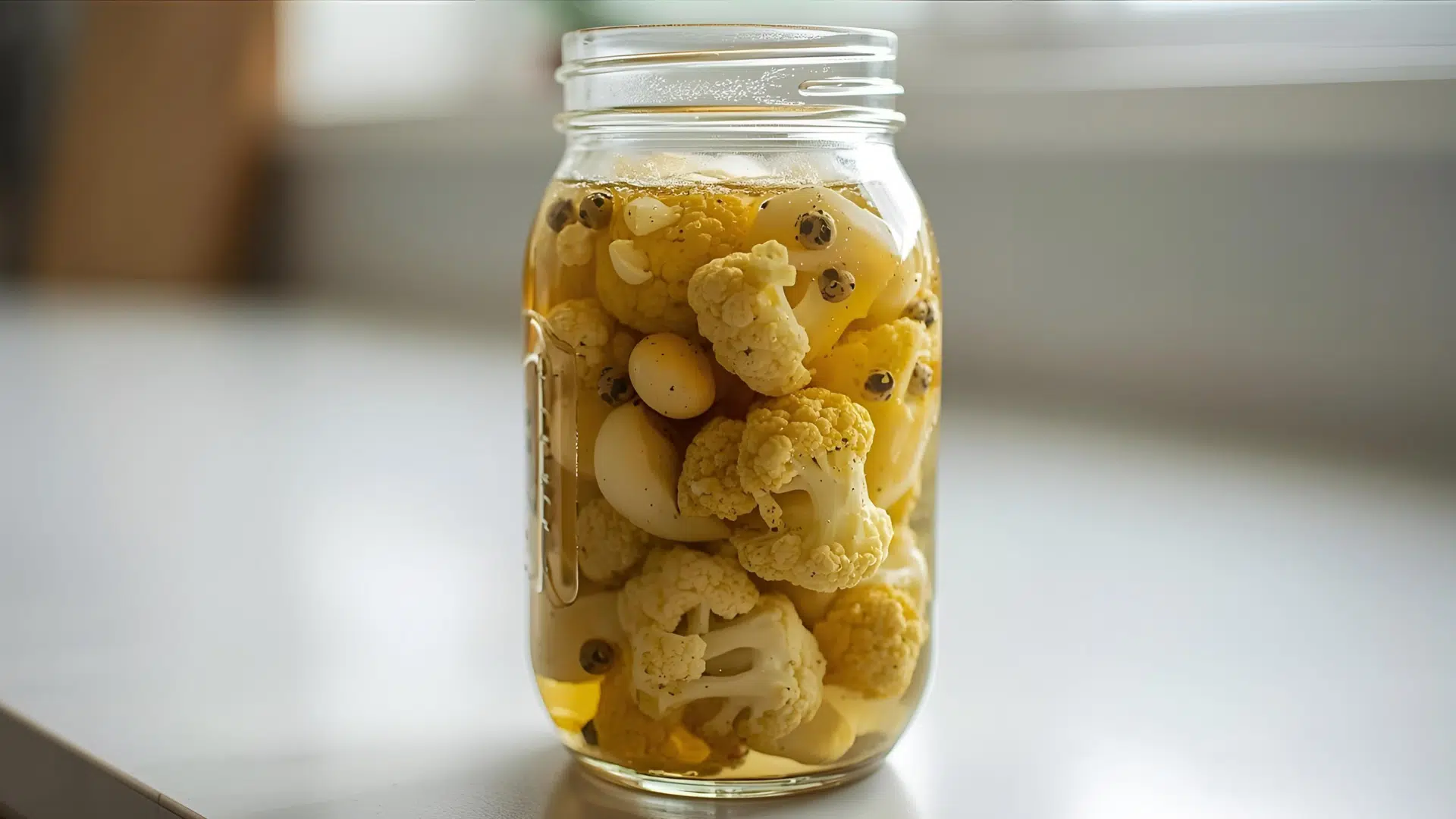Ever twisted your knee and felt that sharp pain shoot through your leg like lightning? I understand how scary and painful a ligament tear in the knee can be when it happens.
You might worry about expensive doctor visits or harsh medications that upset your stomach. The good news is that nature has given us amazing ligament tear in knee home remedy options.
These natural treatments have helped people heal for thousands of years before modern medicine existed. You can find most of these healing ingredients right in your kitchen or local store.
Many athletes and regular folks use these gentle methods to speed up their recovery time. Get ready to find out how simple household items can become your knees’ best friends.
Understanding Ligament Tears
Your knee has four main ligaments that work like strong rubber bands. They connect your thigh bone to your shin bone and keep everything stable. When you twist your knee the wrong way or get hit, these bands can stretch or tear.
Sports injuries are the most common cause, especially in soccer, basketball, and football. You can also hurt them from falls, car accidents, or even stepping wrong on stairs. These injuries can range from mild stretching to complete tears where the ligament splits completely.
The severity depends on the amount of force applied to your knee and the direction in which it moves. Some people feel a pop when it happens, while others just notice pain later.
What Are the Symptoms of a Torn Ligament in Your Knee?
Your body gives you clear signals when something is wrong with your knee ligament. These signs help you understand what happened and when to get help.
- Sharp Pain: You’ll feel it immediately when the injury happens, and it might make you stop moving completely.
- Knee Swelling: The area around your knee puffs up and makes it look bigger than normal within hours.
- Walking Trouble: Even simple steps can feel impossible or really uncomfortable when you try to move around.
- Wobbly Feeling: Your knee feels unstable or gives out when you try to stand or put weight on it.
- Popping Sound: Many people hear or feel this snap right when the ligament tears during the injury.
- Joint Stiffness: Moving your leg becomes difficult and painful when you try to bend or straighten your knee.
These symptoms can range from mild to severe, depending on your injury grade. If you notice several of these signs, it’s time to start treating your knee with care.
Home Remedies for Ligament Tear in The Knee


I know how much a torn knee ligament can hurt when you try to walk. You can use these natural remedies to feel better and heal faster at home.
1. RICE Method
The RICE method stands for Rest, Ice, Compression, and Elevation. It’s one of the most important steps to follow after a knee ligament tear. Start by resting the injured leg and avoiding pressure on it.
Use ice packs several times a day. Wrap the knee with a bandage and keep the leg raised. This method helps reduce swelling, ease pain, and protect the ligament from further damage.
2. Cold Compress
A cold compress is a quick way to control swelling in the first few days after a ligament tear. Wrap a handful of ice cubes in a clean cloth and place them gently on your knee for 15 to 20 minutes.
Repeat this several times a day. The cold slows blood flow, numbs the area, and helps manage pain while your knee begins to heal.
3. Warm Compress
A warm compress should only be used after the initial swelling goes down. You can apply a warm towel or use a heating pad on the sore knee for about 15 minutes. The warmth improves circulation and helps loosen tight muscles or stiff ligaments. This method is great for soothing pain and speeding up recovery during the later stages of healing.
4. Knee Brace or Elastic Wrap
Using a knee brace or elastic bandage can protect your joint and limit painful movement. These are easy to find at drugstores or online. Slide the brace or wrap over your knee and make sure it fits snugly but not too tightly.
This added support helps keep the joint steady, reduces swelling, and prevents further strain while the ligament heals.
5. Epsom Salt Soak
Epsom salt, which contains magnesium, is often used to relieve joint and muscle pain. Add one to two cups of Epsom salt to a bucket or tub of warm water. Soak your leg for about 15 to 20 minutes.
The warm water relaxes the tissues, and the magnesium may help reduce inflammation. It’s a calming, natural way to care for your sore knee.
6. Over-the-Counter Pain Relievers
Medicines like ibuprofen or naproxen can help with pain and swelling caused by a torn ligament. These are anti-inflammatory drugs you can buy without a prescription. Follow the instructions on the bottle and take the right dose.
They work best during the first few days after injury. They give your body a break from discomfort and support rest and healing.
7. Turmeric Milk
Turmeric is a yellow spice with a natural compound called curcumin, which helps reduce inflammation. To make turmeric milk, stir one teaspoon of turmeric powder into a warm glass of milk.
Drink it once daily, especially before bedtime. This comforting drink supports joint healing and helps calm the pain from the inside. It’s been used for centuries in traditional remedies.
8. Ginger Tea or Ginger Extract
Ginger is a common root with anti-inflammatory properties. To make ginger tea, boil a few fresh slices in water for 10 minutes. Drink this tea twice daily. You can also take ginger as capsules or extract if you prefer.
Ginger helps reduce joint pain and swelling naturally. It’s an easy remedy to make at home and supports healing from the inside out.
9. Apple Cider Vinegar Compress
Apple cider vinegar is believed to draw out pain and heat from sore joints. Mix equal parts warm water and apple cider vinegar. Soak a soft cloth in the mix and place it over your knee for about 15 to 20 minutes.
This natural remedy may help ease stiffness and improve comfort. It’s simple, safe, and uses something many people already have at home.
10. Arnica Gel or Cream
Arnica is a plant-based remedy that’s often used for bruises, sprains, and joint pain. You can find it as a gel or cream in most health stores. Apply a thin layer on your knee two to three times a day.
Massage it gently into the skin. Arnica may help reduce swelling, soothe sore tissue, and support faster recovery when used regularly.
11. Castor Oil Massage
Castor oil has a thick texture and warming effect that helps relax stiff muscles and joints. Warm a small amount of castor oil slightly, then gently rub it onto your knee in slow circles. Do this once or twice daily.
It may improve blood flow and ease pain. Castor oil has been used for generations as a natural way to soothe soreness.
12. Essential Oil Blend
Essential oils like peppermint or eucalyptus offer a cooling sensation and light pain relief. Mix a few drops of your chosen essential oil with a carrier oil like coconut or olive oil.
Gently massage the blend into the knee area once or twice daily. The natural oils may help ease joint tension and reduce swelling. Just make sure to test your skin first.
13. Capsaicin Cream
Capsaicin is the active part of chili peppers that can block pain signals in the body. You’ll find it in over-the-counter creams. Apply a small amount to your knee and rub it in gently.
You might feel a light burning or warming sensation at first. Used regularly, capsaicin cream can help reduce ongoing pain and make resting more comfortable during healing.
14. Boswellia Serrata Extract
Boswellia, also called Indian frankincense, is a herbal supplement that may reduce swelling and improve joint function. It’s available in capsules or tablets. Take it with food, following the label instructions.
It’s often used for arthritis, but can also support healing from ligament injuries. This natural remedy works best when taken consistently and is a good option for long-term joint support.
15. Willow Bark Tea or Supplement
Willow bark is one of the oldest natural remedies for pain. It contains a chemical similar to aspirin. You can brew it into tea or take it as a supplement in pill form.
It may help reduce inflammation and relieve soreness in the knee. Always follow proper dosage instructions. Willow bark offers a gentler way to manage pain without using synthetic medicine.
16. Devil’s Claw Root Extract
Devil’s claw is an herbal root used for joint and muscle pain. It’s available in capsules, teas, and liquid extracts. Take it as directed on the label, usually with meals. The root contains compounds that may reduce inflammation and help soothe knee pain.
Many people use it after injuries to support healing. It’s a gentle, natural choice for pain management during recovery.
17. Collagen Peptides
Collagen peptides are broken-down proteins that help repair joint tissues. You can mix the powder into drinks or take it as capsules. Use it daily as your body slowly rebuilds strength in your knee.
Collagen gives your ligaments the building blocks they need to recover. Over time, it may improve flexibility and reduce stiffness as your joint heals from the inside out.
18. Bone Broth
Bone broth is rich in gelatin, collagen, and amino acids that support joint health. You can make it at home by simmering animal bones, or buy it pre-packaged. Drink a warm cup daily.
It helps feed the body nutrients that aid in ligament repair. It also soothes inflammation and gives comfort while your knee slowly regains strength during recovery.
19. Comfrey Salve
Comfrey is a plant that’s used in salves for bruises, sprains, and soft tissue injuries. Apply a small amount of comfrey salve to your knee twice a day. Rub it in gently without applying too much pressure.
It may help speed up healing and reduce swelling. Be careful not to use it on broken skin, and follow product instructions for safety.
20. Turmeric Paste
Turmeric paste is used on the skin to help reduce swelling and joint stiffness. Mix turmeric powder with a little warm water or oil until it forms a thick paste.
Apply it to your knee, then cover it with a warm cloth for 20 minutes. Rinse it off after. This natural remedy brings warmth and may ease discomfort in sore ligaments.
21. Moringa Leaf Extract
Moringa leaves are packed with vitamins and anti-inflammatory compounds. You can take moringa as a powder, capsule, or tea. Use it daily to support joint healing and reduce swelling.
The nutrients help repair tissues and give your body the strength it needs to heal. Moringa is also known for boosting energy and making recovery feel smoother over time.
How Long Does a Torn Ligament Take to Heal?
Healing time depends on the severity of your ligament tear and the treatment you receive. This table shows you what to expect for different types of knee ligament injuries.
| Tear Grade | Description | Healing Time | Activity Level |
|---|---|---|---|
| Grade 1 | Mild stretch or tiny tears | 2-6 weeks | Light activities possible |
| Grade 2 | Partial tear with some fibers broken | 6-12 weeks | Limited movement needed |
| Grade 3 | Complete tear or rupture | 3-6 months | Surgery often required |
| With Surgery | Complete reconstruction needed | 6-12 months | Full rehabilitation program |
Remember that everyone heals at their own pace based on age and overall health. Taking proper care of your knee from the start helps you get better faster.
When Home Remedies Aren’t Enough


Sometimes your knee injury needs more help than what you can do at home. You should see a doctor if your pain gets worse after a few days of rest. If you can’t put any weight on your leg or your knee feels completely unstable, get medical help.
When your knee stays very swollen for more than a week, that’s another warning sign. Minor tears usually feel better with home care and gentle movement within days. Major tears make it impossible to walk normally and cause severe pain that doesn’t improve.
Ignoring a bad tear can lead to permanent damage and chronic knee problems later. Don’t risk your long-term health by waiting too long to seek professional treatment.
Tips for Preventing Knee Ligament Tears
Protecting your knees before an injury happens is always easier than dealing with pain later. These tips can help you stay safe in everyday life.
- Keep your shoes in good shape: Worn-out shoes alter your foot’s natural movement and can cause your knee to twist in the wrong direction.
- Warm up before any physical activity: Light movement gets your joints ready and lowers the chance of sudden stress on your knee ligaments.
- Use handrails when taking stairs: Holding on gives your body balance and reduces pressure on your knees when stepping up or down.
- Avoid fast turns on slick or uneven surfaces: Twisting your knee quickly on a slippery floor or slope can stretch or tear your ligaments.
- Lift heavy objects using your legs, not your back: Bending your knees and keeping your back straight helps keep the pressure off your joints and ligaments.
Simple steps like these can go a long way in keeping your knees strong. A little caution now can save a lot later.
Wrapping It Up
Your pilgrimage to healing doesn’t have to involve complicated treatments or expensive medical procedures every time. These ligament tear in knee home remedies give you real power to take control of your recovery.
I’ve shown you how everyday items like ice, turmeric, and ginger can work like magic on injured knees. You now have a complete toolkit of natural options that won’t break your budget or cause nasty side effects.
Remember that your body wants to heal itself when you provide the right gentle support it craves.
Healing takes patience, but these time-tested remedies will be your faithful companions along the way. Start your natural healing today because your knees deserve all the love you can give them.










